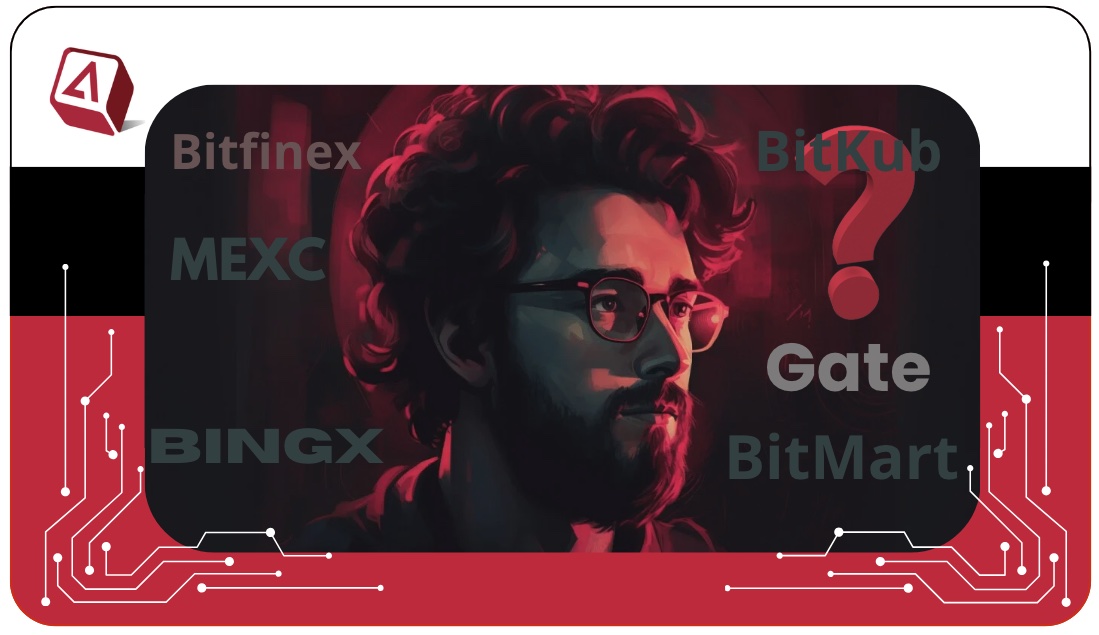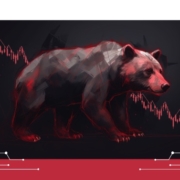How to choose an exchange for your token debut
September 25, 2024
In this article we will discuss some key issues regarding token listing: Which exchanges are good for a first listing? What is the difference when listing on centralized and decentralized exchanges? What are the costs and listing requirements? Let’s break it down.
Listing costs
Choosing the right exchange for a token listing depends generally on 3 things: your project’s goals, community, and funds. Let’s start with the funds. What is the cost of listing a token on CEX and DEX?
It’s easier to list on DEX, as there is practically no listing fee. Listing on a DEX involves setting up a pool for your token and paying a gas fee, which usually is not high. When it comes to centralized exchanges though, the listing cost can vary widely.
There are some exchanges focused exclusively on trading only highly reputable token projects. In such cases, there is usually no application process and no listing fee, as exchanges independently decide which tokens to list. Projects chosen for listing often do not receive direct info from the exchange regarding the listing decision. Market makers can suggest good projects to such exchanges, so it’s good to build a relationship with a reputable market maker.
And then there are exchanges where you can apply for your token’s listing. The cost of the listing may vary dramatically though. Some charge as low as $20k, but more prestigious ones charge much much more with practically no upper limit (think even $1mln+).
You need to do your own research about the reputation of an exchange you’d like to list your token on. Many of them will even list for free, but sometimes it’s not worth it – most volumes presented on such exchanges are a result of wah trading, which is a market manipulation. Empirica supports neither fake volumes, nor price creation – so don’t contact us in case you want that :)
A good market maker will be able to help you with your listing strategy.
One more hint – when paying listing fees to exchanges, avoid paying in your tokens. If your listing budget is not too high, the exchange agents might be trying to convince you that you can pay most of the fee in your tokens. We saw some exchanges dumping acquired tokens shortly after it was listed on their exchange. So better pay cash if you can!
So why opt for a CEX listing when DEX offers a more economical alternative? This involves the second factor – your community.
Community
The user experience differs significantly on CEX and DEX platforms.
The onboarding process on DEXes can be more complex, just because not everyone is knowledgeable about wallets and on-chain transaction management. But If your audience is tech-savvy and interested in decentralized finance, starting with a DEX is a natural way to proceed. First of all you should check which DEXes support the chain your token was created on. Each DEX usually operates on a specific blockchain, meaning that it supports tokens native to that chain. For instance, if your token is created on the Ethereum blockchain (so you have an ERC20 token), you can list it on a DEX that operates on Ethereum, such as Uniswap or SushiSwap. If your token is based on Solana, you probably go with Jupiter or Raydium.
CEXes provide a more user-friendly interface, making them suitable for beginners. If you know how to handle your bank account in a browser, you probably will manage to navigate on a centralized exchange. Investors who have not dealt with cryptocurrencies before usually start with CEXes. In addition to that, note that the user base, which means your potential investors, of Tier 1 centralized exchanges is still significantly larger than that on DEXes. But first of all listing on CEXes requires a strong strategy; top tier exchanges might not list startups unless backed by successful founders or a large and active community.
Listing process and requirements
Listing on CEXes might be very complex. It can take weeks or months to go through the process. Here’s a quick rundown of major steps you need to take:
- First, research and make a shortlist of suitable CEXes. A market maker can help you make the list. It’s a good strategy to start with a lower tier and then expand your reach. So it is better to start with smaller, but reputable exchanges to build a track record and gradually move to larger ones as your token gains traction.
- Understand exchange listing criteria.
- Prepare legal and compliance documentation. You will be asked to provide key information about your token economics, project team, and community. You need to prepare white paper, road map and legal documents of your company and its founders.
- Engage with verified listing teams. It’s important to make sure that you talk to the true representative, not scammers.
- Engage with a reputable market maker. On most exchanges you must specify at least one market maker who works with you and will provide initial liquidity during the listing. Market makers can introduce you to the listing team and verify communication channels.
- Complete exchange listing applications and due diligence
- Negotiate listing terms & fees. Most exchanges do not officially disclose listing fees, but in most cases they are negotiable. Market makers can help you in that.
- Announce the listing
- Maintain the exchange relations
Listing on a DEX doesn’t require permission from the exchange itself. So for example listing a token on Uniswap means that you have to create a pool for a token pair, like your token and ETH or USDC. Then you determine the initial price, add liquidity to that pool, and – voila – your token is listed. No formalities and super fast. Quick and easy, right? But it is not without the risks.
Risks associated with token listing
Listing a token comes with risks. It’s good to be aware of them. When listing on CEXes, always check for exchange credibility to avoid listing scams. Scammers are very sophisticated. They pose as representatives from reputable exchanges, offering listing services for a fee. After the fee is paid, the project never gets listed, and the scammer disappears. You should always verify that you speak to real exchange representatives. This is also where the market makers play a huge role. They can connect you with verified listing managers and check the communication channels. And – a good market maker will not charge you for that support. It’s not the market maker’s business model to charge for listings.
On DEXes, you should watch out for sniper bots. Token projects can become easy targets for sniping attacks during pool creation and liquidity bootstrapping. Sniper bots enter between pool creation and the first liquidity mint, changing the initialization price. They are able to buy part of the token treasury at a low price with the intention of dumping it shortly after. Use special tools to protect against this. MMs should be providing such protection for their clients.
Summary
Choosing the right exchange and successfully listing requires careful planning and strategy.
| CEX (Centralized Exchange) | DEX (Decentralized Exchange) | |
|---|---|---|
| User Experience | More user-friendly and familiar to new investors | Can be complex and less intuitive for newcomers |
| Listing Fee | Can be very high, often negotiable | Typically no listing fee |
| Listing process | Time-consuming, takes weeks or months | Fast, can be done almost instantly |
| Market reach | Tend to have a larger user base | Attract tech-savvy users |
| Risks | Risk of listing scams | Sniping attacks possible |
| Compliance | Requires extensive legal and compliance documentation | No compliance requirements |
| Market Maker | Often required by exchange to ensure initial liquidity.
Can verify exchange’s representatives and communication channels | Can dynamically manage liquidity preventing impermanent loss.
Minimizes token treasury funds for liquidity by an active range adjustments. |
Empirica – your guide on token listing
At Empirica, we partner with a range of exchanges to assure the best listing conditions for our partners. We’re here to help token issuers navigate the listing process on both CEX and DEX. If you need help, please reach out for a free consultation.
Thanks for reading! See you in the next article!
Piotr Stawinski
Co-founder and Partnerships at Empirica
With 20+ years of experience, Piotr has been playing a key role in establishing strategic partnerships with international financial institutions, global exchanges and token projects. With a solid technological background Piotr possesses a deep understanding of the technical aspects of the crypto industry.










